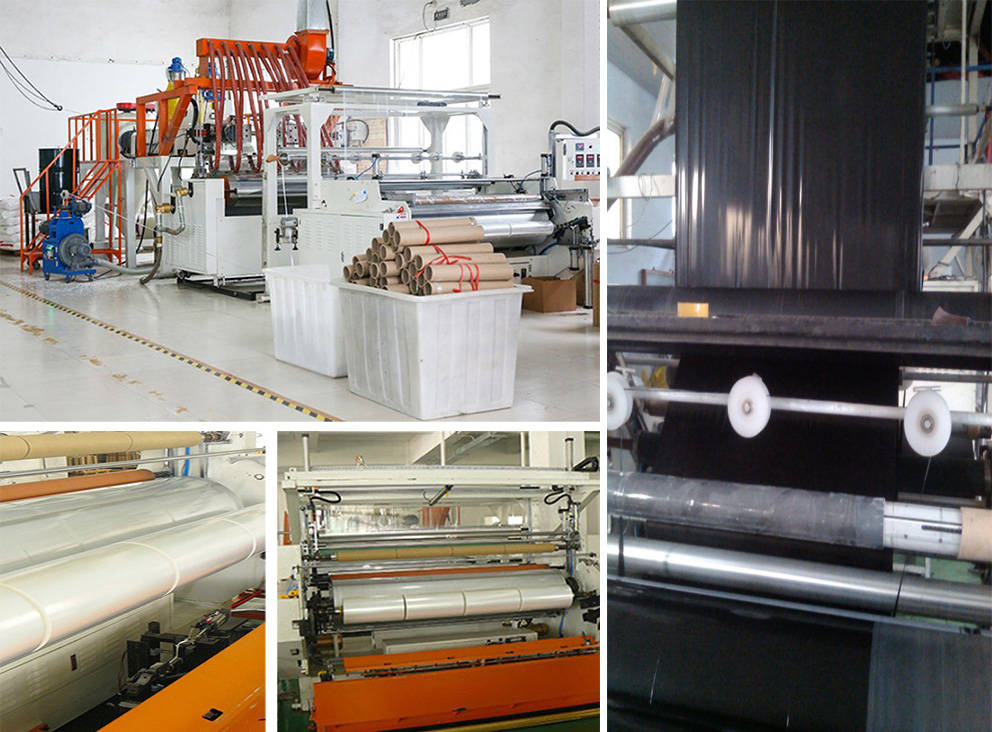High transparency is conducive to the identification of goods; high longitudinal elongation is conducive to pre-stretching and saving material consumption; good puncture performance and transverse tear strength allow the film to encounter sharp corners or The edge does not break; the high yield point makes the packaged goods more tight.
The film produced by the casting method has high transparency. With the increase in the number of C atoms of the comonomer of the material, the branch chain length increases, the crystallinity decreases, and the "winding or kinking" effect of the resulting copolymer increases, so the elongation increases, and the puncture strength and tear strength also increase. And MPE is a highly stereoregular polymer with a narrow molecular weight distribution, which can accurately control the physical properties of the polymer, so its performance is further improved; and because MPE has a narrow molecular weight distribution and narrow processing range, it is difficult to control processing conditions. Add 5% LDPE to reduce the melt viscosity and increase the flatness of the film.
The price of MPE is also high. In order to reduce costs, MPE is usually used in combination with C4-LLDPE, but not all C4-LLDPE can be matched with it, so there should be a choice. Machine-use stretch films mostly use C6 and C8 materials, which are easy to process and can meet various packaging requirements. For manual packaging, C4 materials are mostly used due to the low stretching ratio.

Material density also affects the performance of the film. As the density increases, the degree of orientation increases, the flatness is good, the longitudinal elongation increases, and the yield strength increases, but the transverse tear strength, puncture strength and light transmittance all decrease. Therefore, the overall performance of all aspects is often in non-sticky Add an appropriate amount of medium density linear polyethylene (LMDPE) to the layer. Adding LMDPE can also reduce the coefficient of friction of the non-sticky layer and avoid the adhesion of the packaged pallet to the pallet.
The influence of cooling roll temperature. As the temperature of the cooling roll increases, the yield strength increases, but the other properties decrease. Therefore, the temperature of the cooling roll I is generally controlled at 20°C to 30°C. The tension of the casting line affects the flatness and winding tightness of the film. If PIB or its masterbatch is used as the sticky layer, it also affects the migration of PIB and reduces the final viscosity of the film. The tension is generally not more than 10kg. Too much stress will remain in the film roll, which will reduce the elongation and other properties and easily cause film breakage. Application form of stretch film
Stretch film has a wide range of applications, mainly used in conjunction with pallets, to package scattered goods in bulk, instead of small containers. Because it can reduce the cost of bulk cargo transportation and packaging by more than 30%, it is widely used in the overall packaging of various products such as hardware, minerals, chemicals, medicine, food, machinery, etc.; in the field of warehouse storage, it is also used more abroad. Stretch film pallets are packaged for three-dimensional storage and transportation to save space and occupation.
Post time: Jul-08-2021






